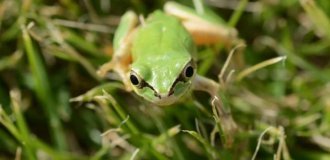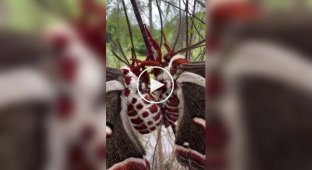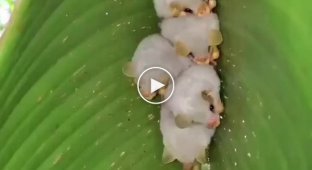Saddle-nosed grasshoppers: giant predatory grasshoppers (11 photos)
The saddleback grasshopper is one of the largest grasshoppers in the world. Thanks to their size, they are a formidable opponent even for large spiders and scorpions. 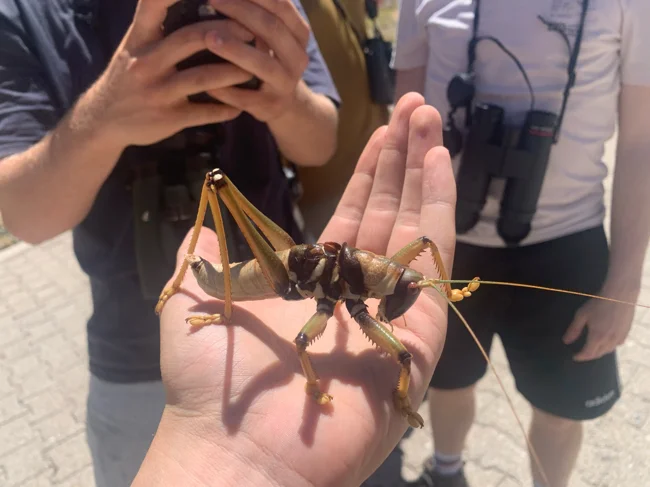
Not at all like a cucumber!
If you go to Turkey and explore the countryside, keep your eyes peeled and look for them with the eyes of the people in this article. Don't worry, they are not dangerous to you, your clothes, or your food. But tell me: where else will you find carnivorous grasshoppers that are 20 centimeters long?
Nowhere in Eurasia. Saddleback grasshoppers are among the largest grasshoppers on the planet, second in size only to a couple of Australian species. The body length of an adult saddleback grasshopper can reach 8 centimeters. And with legs, it's a full 20 centimeters! Because of their size, these grasshoppers are serious predators, feared by most land vertebrates in Turkey, Syria, and Iraq. 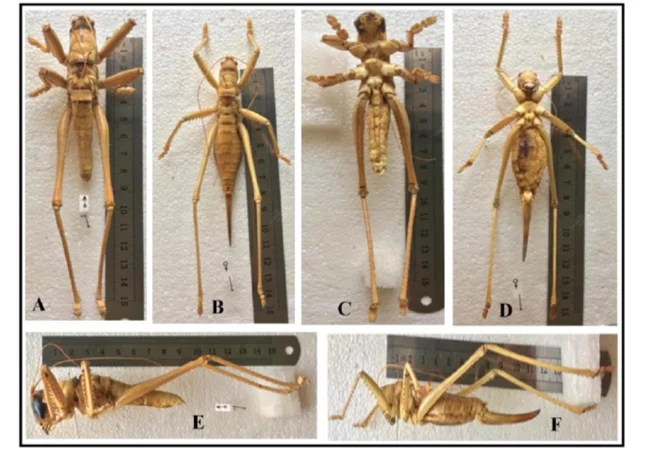
An average saddleback grasshopper with outstretched legs. A classic iron ruler is included for comparison.
Turkish grasshoppers, like all other nymphs, are not peaceful herbivores, but serious predators. Their brown coloration effectively camouflages them in the bushes and dry thickets of the mountains and foothills. When an inattentive insect approaches within a few centimeters, the nymph leaps at it, grabs it with its powerful forelimbs, and bites into its chitin with its equally powerful jaws. It doesn't worry about counterattacks: its entire body is covered in thick chitin, and the lower parts of its legs are reinforced with prickly spines. 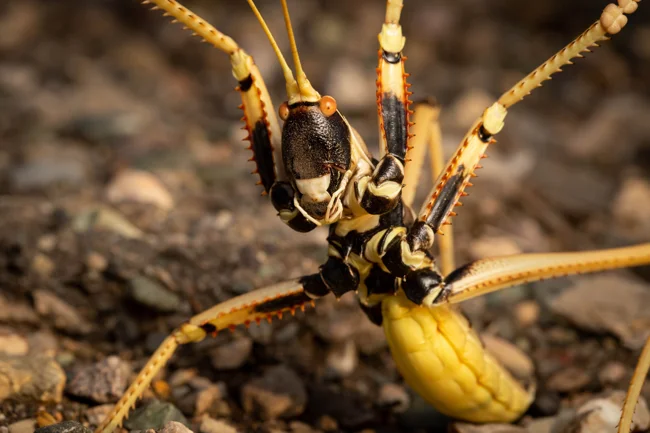
I'm evil, I'm the terror of cockroaches!
They generally have very few natural enemies. Of course, lizards and birds are not averse to eating Turkish grasshoppers, but their excellent camouflage and nocturnal lifestyle help them remain unnoticed. 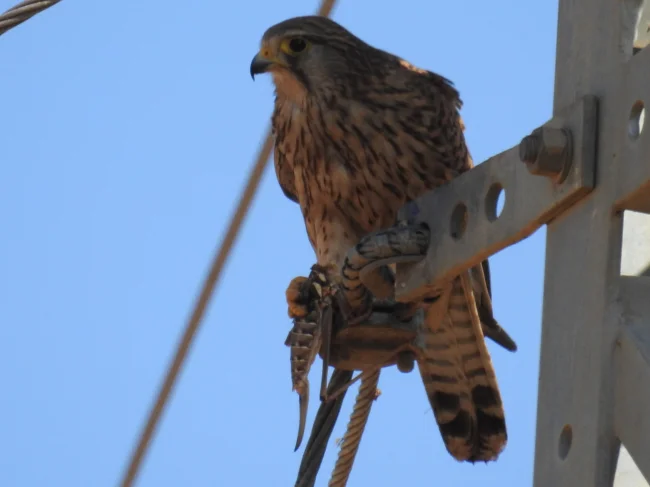
Dybecks are such large insects that they attract the attention of even the most powerful birds of prey! 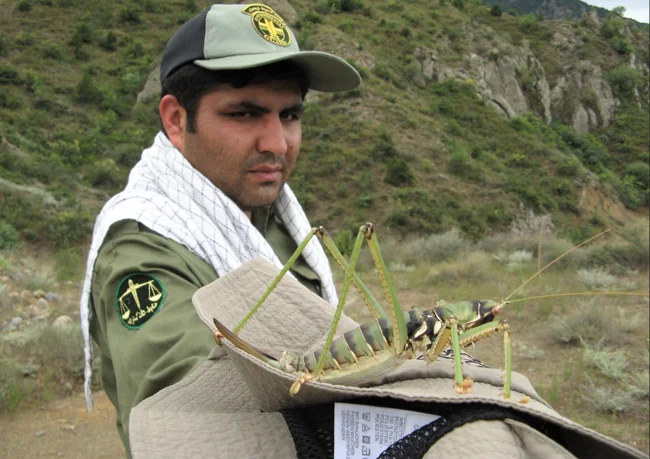
By the way, our heroes also come in green.
Furthermore, the species is concentrated in hundreds of small, scattered populations with low density. This lifestyle makes life very difficult for their enemies. Since saddlebacks are always rare prey, no predator specializes in finding and catching them. They are discovered purely by chance. However, this way of life has a price – in the event of a crisis, it will be utterly difficult for them to restore their numbers. 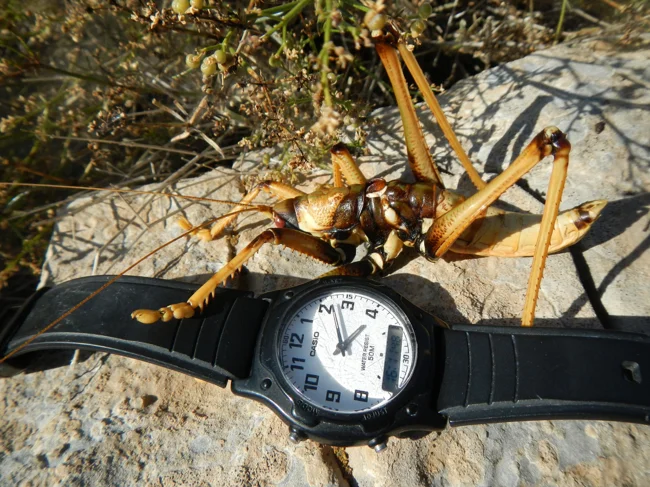
— Mister Saddleback, what time is it? — It's not time to go extinct yet!
A well-fed and relatively safe lifestyle has allowed saddlebacks to afford a luxury unattainable for most insects: a low reproductive rate. Just imagine: while mosquitoes crank out 6-10 generations per season, saddleback larvae marinate in their eggs for 2 to 5 years! 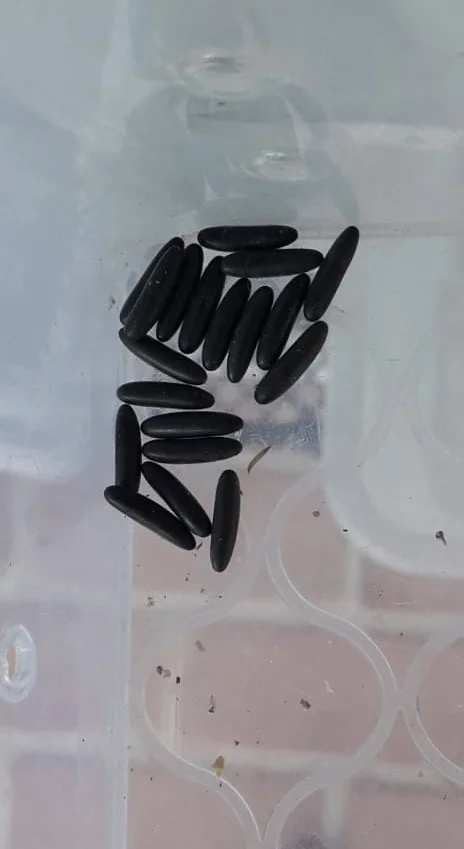
The eggs of the grasshopper look like this.
The embryos spend most of this time in diapause—their vital activity almost completely ceases. The reasons for this, by the way, are still unknown. Since grasshoppers are insects with incomplete metamorphosis, the eggs hatch not as amorphous oval caterpillars, but as miniature versions of the adults. They have the same character and habits. For several months, they will gain weight and actively molt, and then begin fulfilling their main purpose in life. 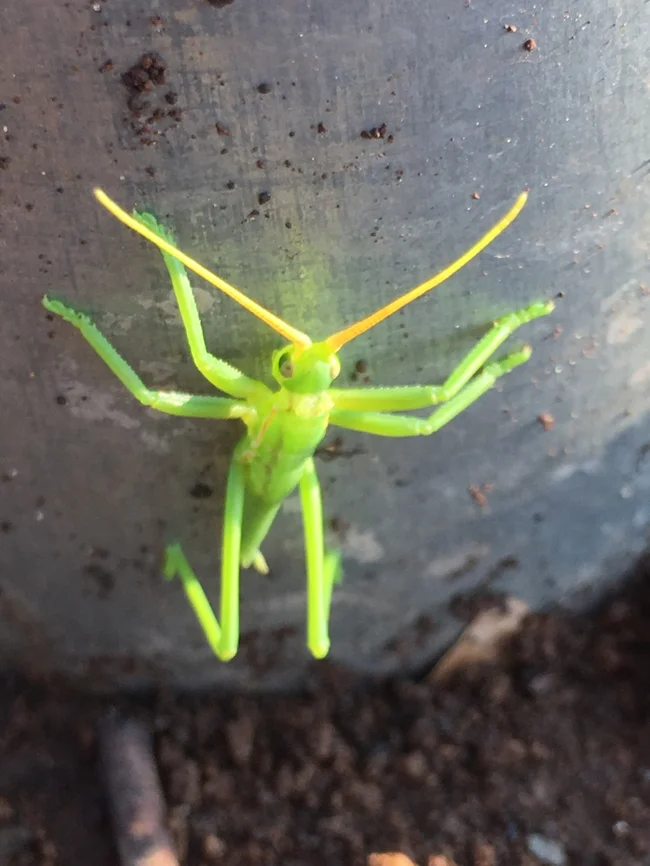
A fresh and vibrant baby! 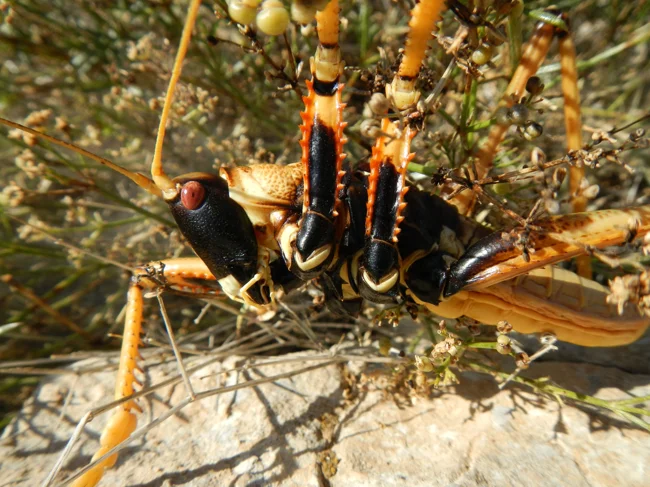
Since finding a mate in the pitch darkness of the southern night is a challenge, males have come up with a way to attract females with ultrasound and the crackling of their vestigial wings. This takes a long time, as hawks aren't known for their speed, and females don't have wings at all. The encounter turns out to be disappointingly short: the insects quickly mate and scatter in different directions. 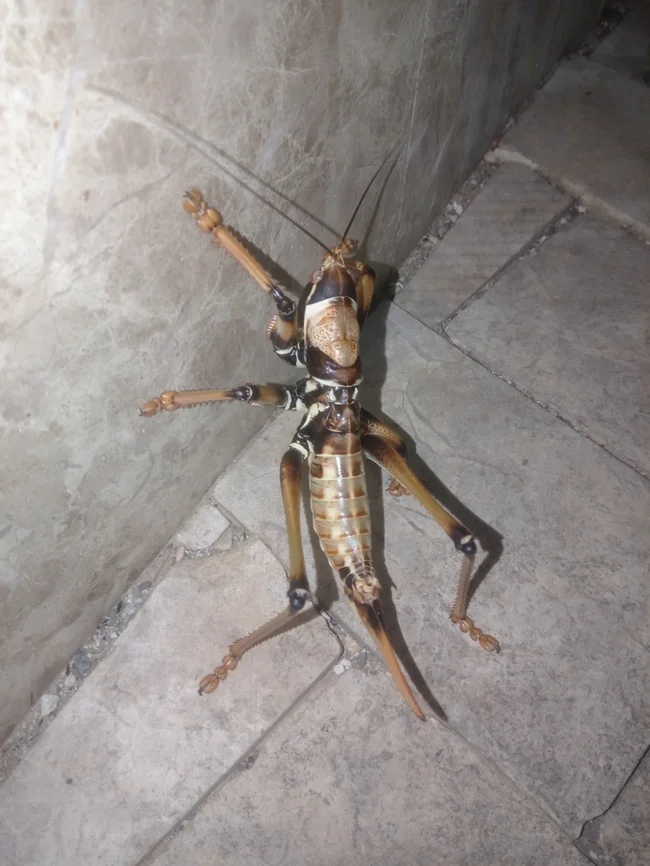
Female scaly-winged bats have powerful ovipositors as long as their abdomens! 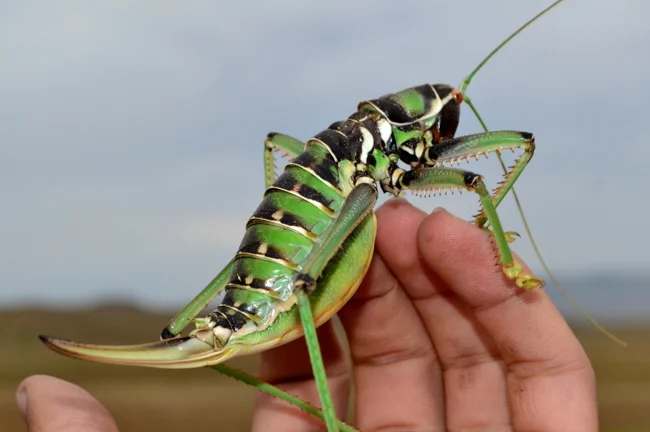
So don't worry about the huge spike at the back. This device is used exclusively for laying eggs underground.
About a week after breeding, the female lays 80-120 eggs directly into the soil. She chooses sunny spots and hides 10-20 eggs at a time. Anything else is unavoidable—there's a high risk of losing the entire clutch. Caution is a good idea, as the eggs will have to lie there for a very long time!



